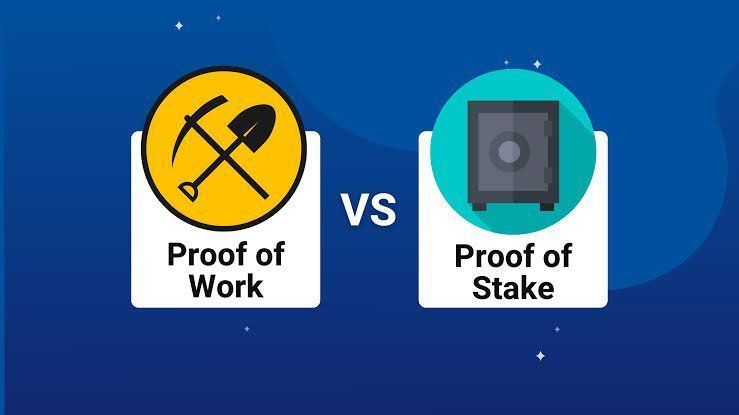Comparing Proof of Work and Proof of Stake: Securing Blockchain Networks

Proof of Work (PoW) and Proof of Stake (PoS) are two common consensus mechanisms used by cryptocurrencies to secure their networks. PoW, used by Bitcoin, relies on miners who use computational power to compete for the right to validate new blocks and earn rewards. PoS, on the other hand, eliminates the need for mining by allowing participants to stake their native cryptocurrency to validate blocks.
PoW requires powerful mining hardware and consumes substantial energy, leading to scalability and environmental concerns. In contrast, PoS addresses these issues by selecting validators based on the amount of crypto they stake. The more coins staked, the higher the chance of being chosen as a validator.
While both mechanisms secure the network, they differ in how participants are chosen to validate transactions. PoW relies on computational power, while PoS relies on staked coins. PoS supporters argue that it offers benefits such as scalability and transaction speed while being more environmentally friendly. However, PoW supporters believe PoS needs to prove its potential in terms of network security.
Ethereum, the second-largest cryptocurrency, has recently switched from PoW to PoS with the Ethereum 2.0 upgrade. This transition was aimed at improving performance and scalability. PoS does have some drawbacks, such as the potential centralization of power among validators with large stakes. Smaller market cap cryptocurrencies adopting PoS may also be more vulnerable to attacks.
In conclusion, PoW and PoS have their advantages and disadvantages. PoW has proven its security but faces environmental challenges, while PoS offers scalability but carries risks of centralization and potential attacks. The future adoption of PoS may increase, especially with Ethereum's transition, but both mechanisms will likely coexist in the crypto ecosystem.
14 comments